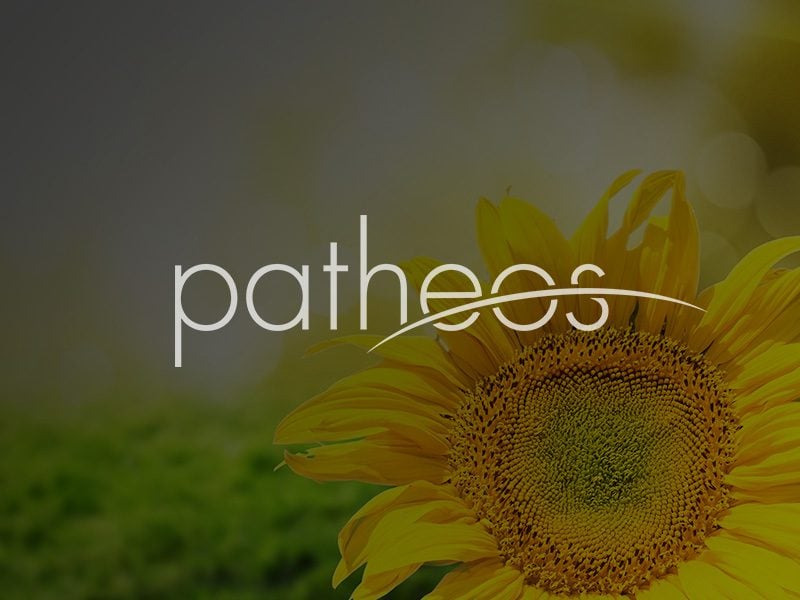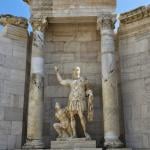Hosea
Two Horizons Old Testament Commentary
Grand Rapids, Eerdmans, 2015.
Available at Amazon.com
By Jill Firth
This interdisciplinary work is the fruit of collaboration between Bo H. Lim and Daniel Castelo, who are associate professors at Seattle Pacific University and Seminary. Lim teaches Old Testament and Castelo works in dogmatic and constructive theology. The authors offer an even richer blend of perspectives as Lim is interested in missional hermeneutics and Asian American biblical interpretation, and ministers to the Asian American community regionally and nationally, and Castello is a Latino whose interests include Wesleyan and Pentecostal theologies. Castello comments, ‘I teach at SPU because historically and currently this place promotes and embodies a kind of evangelical catholicity. We value the transformation of the heart, the urgency of both holy reasoning and mission, and the call to lead a sanctified life.’
The volume is introduced by essays on the theological interpretation of Hosea by the authors. Castelo begins with a discussion of the enterprise of theological interpretation. Churchly readings require a declaration of interests: the authors are ‘from ethnic minority backgrounds’, are academicians, friends, colleagues, and churchmen, yet they pursue a reading of Sacred Scripture with a hermeneutic of trust, and in dependence on the Holy Spirit. Though the text is complex, three motifs characteristic of OT prophecy are seen in Hosea: rebellion, judgment, and hope. Hosea is read within its context in the Book of the Twelve (the ‘Minor Prophets’). Lim examines text and canon, composition and genre, and structure, and proposes five themes for Hosea. He considers that ‘much of Hosea’ was written by that prophet, but ‘significant redactional additions’ were made in the Persian period.
Two Horizons Commentaries typically offer both commentary and theological essays. Commentary by Lim is interspersed with essays by Castelo on the Covenant Conditions for God-talk and God-knowledge (after Ch.3), Marriage, Sexuality and Covenant Faithfulness (after 11.11) and Readers of Terror: Brief Reflections on a Wise Reading of Hosea (after ch. 14). The placement of these essays within the textual commentary allows the reader to access them at a relevant point in the text, or to refer to them separately.
The commentary engages with the details of controversies such as the meaning of znh in Hos 1.2 (sometimes translated as ‘whoredom’). It argues that znh does not relate to adultery, but only to fornication, and that the Baal cult ‘is only a faint echo’ in Hosea 1-3. The woman of Hosea 2 represents the city of Samaria, just as critiques of other cities such as Jerusalem and Nineveh are given with similar sexual imagery (Ezekiel 23; Nahum 3.5; Isaiah 47.1-3), but in the whole book of Hosea, she also represents Israel, and can be applied to the church in our time.
Larger issues are also considered in the essays by Castelo, such as the ‘scandalous God-talk’ of the book of Hosea, where God can be a roaring lion and a tender parent, and God is described as indecisive and angry, as well as loving and compassionate. Castelo proposes that this language is situated in a relational context of covenant partnership, where the language is provisional because it is part of a dialogue, and not simply an isolated conceptual apparatus. In his essay on marriage, Castelo explores Western expectations of marriage within a historical context, and tracks the ‘tumultuous history’ of privatisation, sexualisation and sentimentalisation of marriage, which has resulted in diverse configurations of the ideal marriage in the twenty-first century. In the final essay, Castelo discusses communal reading practices in light of the use of negative feminine imagery in Hosea. A community of readers needs to be wise, humble, and compassionate, respecting each perspective and approach while seeking clarity together.
The commentary is well written, and discusses contemporary scholarship and hermeneutics in an accessible way. It grapples with corporate and structural sin, and applies its findings to the contemporary scene. It does not skirt around issues of interpretation, reception or application. The book would be useful for students, pastors, scholars and anyone who seeks help in understanding and applying the book of Hosea. It is also available as an ebook.
Jill Firth lectures in Hebrew and Old Testament at Ridley College in Melbourne.












